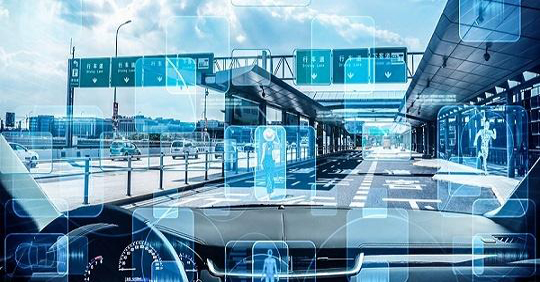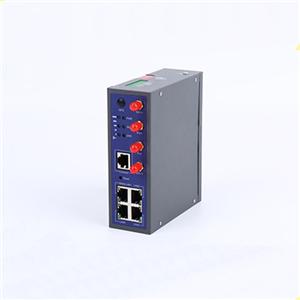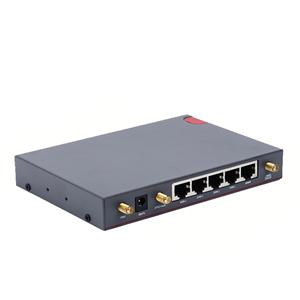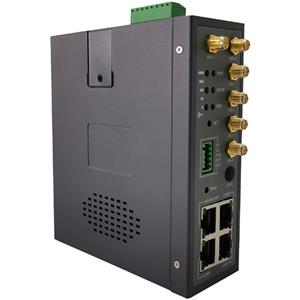Six major changes brought by the Internet of things to the automotive industry
Six major changes brought by the Internet of things to the automotive industry

As the Internet of Things leaves deep marks in more and more industries, the Internet of Things applications in the automotive industry have also begun to take shape, and more changes will occur in the future.
This is especially challenging for young people. Remember that in the past, although you did not understand the working principle of a car like a mechanical repairman, it was easy to understand what happened under the hood of a car. Ordinary people are fully capable of maintaining basic components.
Today, things are different.
Prior to the advent of computers, minor issues might not have been so important. For example, your truck is burning a little oil, you just need to fill it up and make sure the fuel level is not too low. This approach may not work today. No matter what causes the fuel to run out, it can signal the computer and shut down other critical systems-this will make the problem worse (even make your truck unable to start, maybe only go to a professional 4S store for repair).
It's not just automotive technology that is changing, but also the commercial side of the automotive industry. From how automakers reach agreements with dealers to how end customers buy cars, today's entire sales and service model is far from what it used to be.
With the continuous development of the Internet of Things technology, its tentacles have also extended to the core areas of more industries, and the automotive industry will experience a dazzling change.
Change always brings complex emotions. Although some people are persistent and nostalgic for yesterday, most people naturally accept the ups and downs of innovation. The more we actively change our attitude, the more we will influence what we buy, how we buy, and how we drive, and ultimately our lives.
IoT trends in the automotive industry
A clear and accurate list of IoT trends in the automotive sector is a challenge. With the advent of 2020, however, we delved into several prominent changes.
New design process
For many years, the R & D cycle has restricted the slow development of manufacturing.
In traditional R & D, researchers first investigate to find out what consumers really want. They then submit these requirements to the manufacturer, and then discuss them one by one until the changes are agreed. Later they will undergo rigorous testing, and adjustments will be made during the test. After several months (or even years), the technology was finally introduced to cars before consumers could buy them from dealers.
Today, the Internet of Things makes it easier for companies to manage the product lifecycle. Not only can it speed up the production of products, but also it can be put on the market faster. Naturally, this will also increase customer satisfaction.
The secret is to eliminate the confusion in the process and reduce the manufacturing cost through IoT technology. Advanced intelligence systems can identify which components add value and which components do not. Low-value components are removed, and high-value components enhance design through machine learning to ensure design success.
2. Better service support
Did you know? Many new models today have more than 100 million lines of code. As soon as a few lines of code go wrong, more associated problems will follow. This places higher requirements on advanced code management and service (in addition to traditional mechanisms) capabilities.
Users may be frustrated with these codes, but in fact all of them make it easier for manufacturers to identify, track, and understand what went wrong. This enables them to perform more effective maintenance, issue proactive notifications, and alert users to provide more service support.
Second, software gives manufacturers the ability to create additional revenue streams. With software upgrades, they can enter customers' wallets more frequently. (Usually, customers only buy a car every few years-so this is a practical way to create more value.)
3. Digital Services
Although the traditional car buying model still exists, the days of buying a car from a car dealer are about to end. There are always people who want that kind of dealership experience-so it doesn't have to be outdated-but IoT technology opens the door to new car buying experiences.
A good example is a car service like Carvana. Customers can buy cars online, view pictures, determine prices, and the platform ships them to them.
With these services, you can buy a car on the spot, whether you are at home or at work. All formalities, from payment and registration, are handled on the spot.
Customers need convenience, and new technology brings more speed and convenience to buying and selling, without the need to waste time at the dealership. This is good news for drivers, but it can be a challenge for dealers.
4. New cockpit experience
Now you will be surprised to find that the functions inside the car are becoming more luxurious and advanced. From infotainment features like Apple CarPlay and music streaming services, to predictable maintenance reminders, to driverless features (human intervention), this new driving experience is provided by advanced technology.
5. More efficient transportation
We often hear a lot about distracted driving and traffic accidents. But in fact, some IoT innovations have the ability to make our roads safer.
For example, the Internet of Things can detect accidents in advance and provide warnings of bad driving. Helps emergency services respond faster. Not only will this help medical emergencies, but it will also make traffic faster and keep roads clear.
Another concept is "cluster intelligence", which enables traffic managers to coordinate traffic flow, thereby reducing congestion in real time. Especially in the busy sections of big cities, it can effectively alleviate the problem of traffic congestion.
In addition, the IoT applications currently under development will detect and track information such as traffic conditions, maintenance needs, and accident data in real time. This will lead to safer roads, fewer accidents, and better traffic patterns.
6. Enhanced security
Just like in the automotive industry, when IoT technology is introduced into private consumer goods, it will cause people to worry about security. Thankfully, these issues are being addressed. The Internet of Things also improves the physical security of vehicles.
BMW has provided a remote application download function for its owners. This program can not only start the car remotely, but also lock / unlock the door, turn on the flash, horn, and adjust the temperature and air flow in the car.




